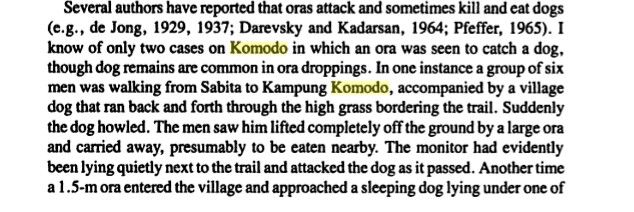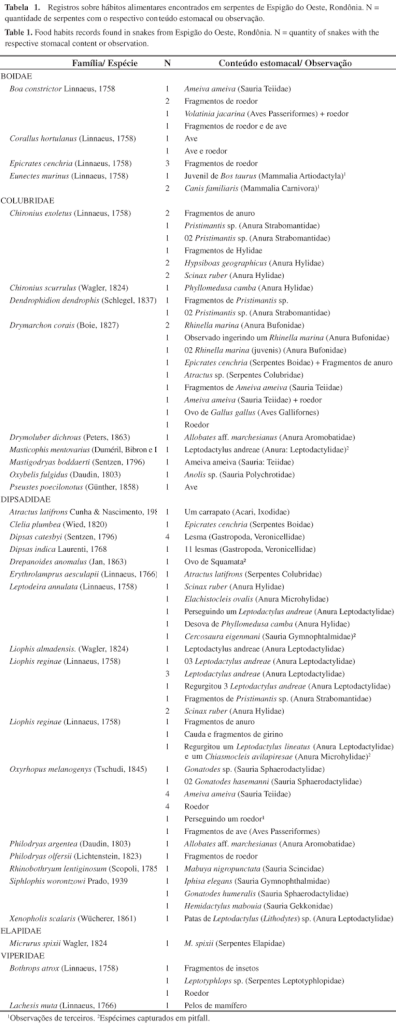Interesting predation accounts:
Komodo dragon(from Auffenberg's book)

Green anaconda


Python predation on young and adult jackals

Recent account!
""It was a fairly overcast morning as my Australian guests and I set off on an early boat cruise. Despite the weather, everyone’s spirits were soaring (especially after an Amarula coffee!)
As soon as we reached the open water of the dam, we were greeted by the magnificent sight of several young elephants drinking from the opposite bank. They were exceptionally relaxed and allowed us to get ‘up-close and personal’, giving us a unique perspective and incredible photographic opportunities.
After watching them for quite a while, we continued with the cruise. One of my guests was curious about the likelihood of finding black mambas (one of Africa’s deadliest snakes) out in the dam, but I told him the chances of finding a python would be better.
Sure enough, a couple of minutes later that same guest pointed to something in the water and excitedly said ‘snake!’ There, in the shallows, was an African rock python. We soon realised that the snake we were watching was quite a large specimen. It was coiled up in the river, and on closer inspection we could see that it was strangling or constricting something. At this point we were unsure what the prey animal was, as only an ear was sticking up out of the water. The rest of the body remaining hidden within the snake’s coils in the murky water. Judging from the size of the ear and of the snake, this could be anything from a young antelope, to a fox or small predator.
The snake seemed a bit distracted from the task at hand by the boat’s presence, so I decided to carry on up the river knowing that we would return to the same spot later on. Maybe the serpent would have relaxed by then, and already have started feeding.
When we returned, the python was still in the same spot and still constricting the animal. But all of a sudden, it loosened the coils and straightened its body before biting its prey directly on the head! We watched in awe and horror as this giant reptile began to slowly eat its prey from the head down. The python was at least three metres in length, yet it seemed to be struggling with its prey. We could see the coils writhing around in the cloudy water, but at last we could make out what the snake was attempting to feed on: a black-backed jackal.[ One of my guests suddenly noticed that there was another jackal on the banks of the river watching its partner being consumed. It was squealing in a high-pitched tone. Quite haunting, actually.
When the python got to the shoulders of the jackal, it realised that it was simply too large to consume in the water and proceeded to spit it back out. The snake then submerged the jackal in the water again, constricting it further within its coils. At this stage its head was out of the water, and it was eyeing us suspiciously. As I felt that we might be disturbing it (and knew we had already enjoyed such an amazing sighting), I decided to carry on with our cruise."
Click the link to see the images
linkFrom Pienaar(1969)

African rock pythons are known predators of the diminutive bat eared fox;
"Other causes of mortality include predation(three individuals) and road accidents (three individuals). Predators, all of which eat at least some. Of the foxes they killed include martial eagles(polaematus belicosus), pythons(Python sebae), and spotted hyena (Crocuta crocuta)."
From Biology and conservation of wild canids(
link)
Mentions of P.nataliensis predation on African wild dog

Boa constrictor predation on crab eating fox(account & photo)
"The Argentine Boa Constrictor is the southernmost subspecies of the Boa constrictor complex, inhabiting the semiarid plains of the Great Chaco region from Paraguay to central Argentina, and presumably, Bolivia (Di Cola et al., 2008; Waller et al., 2010). The confirmed diet of this ambush predator comprises small to medium sized mammals and birds (Sironi et al., 2000; Laspiur et al., 2010). During a recent field trip to Northern Argentina, we were able to record a failed intake attempt by B. c. occidentalis upon a Cerdocyon thous (Crab-Eating Fox; Carnivora, Canidae). The observation site is located in the Dry Chaco eco-region, near Palma Chueca, La Union, Rivadavia Department, Salta Province, Argentina (24.06639° S, 63.29889° W, datum: WGS84; 220 m elev.), and corresponds to a Ruprechtia triflora (Polygonaceae) and Ceiba choratii (Bombacaceae) dominated shrubland that runs over an elevated dry levee among interconnected temporary ponds and creeks, tributaries of the Bermejito River. On the 10th of April, 2011, at ca. 12:00 h, we heard the distress howls of a fox coming from the near shrublands. After a short walk, an adult B. c. occidentalis (total length ca. 2.5 m) was found just in the process of constricting an adult C. thous. Upon arrival the fox was still alive but no longer howling. The boa remained wrapped around its prey for at least 20 minutes when it finally raised the head and the team decided to leave the area to avoid disturbing the swallowing process (Figure 1). Returning to the site at ca. 1500 h showed that the snake had abandoned the dead fox that rested completely stretched on the forest floor (Figure 2). The fox exhibited the hair of the head and neck wet and smoothed up to the level of the clavicles, as an evidence of a failed swallowing attempt. The female snake was found at one-meter distance resting coiled among the multiple trunks of a Rupechtia triflora shrub with its mouth partially opened as a sign of the intake attempt. Sironi et al. (2000) confirmed seven different mammals as part of the diet of this subspecies. Although they found no traces of any carnivore in gastrointestinal contents studied, they mentioned the related fox species Lycolapex gymnocercus as a probable prey, based on interviews to local inhabitants. The finding here reported actually confirms that B. c. occidentalis is able to prey on medium-sized carnivores. At the other hand, this case presents the paradoxical situation in which the boa was strong enough to subdue its prey but exhibited a morphological constraint to swallow it."
